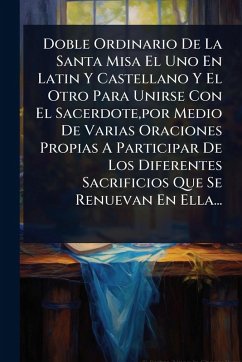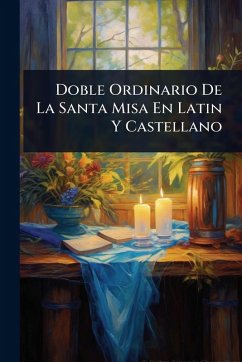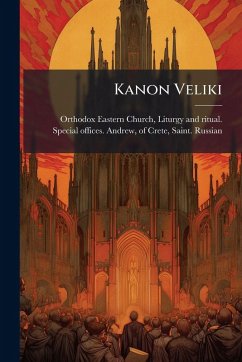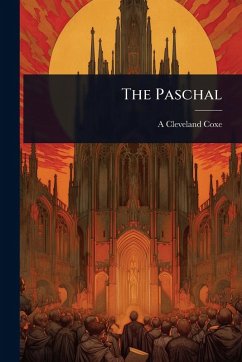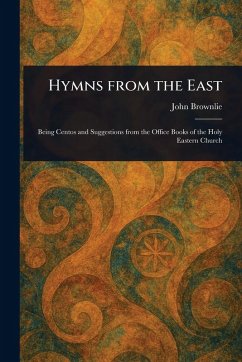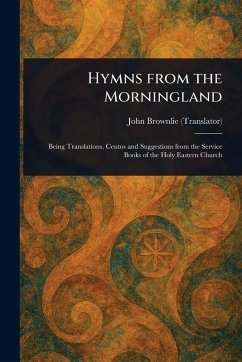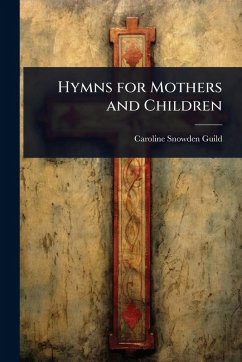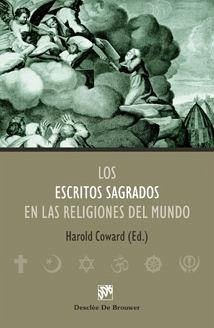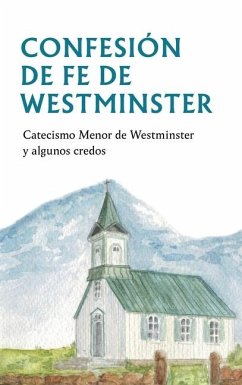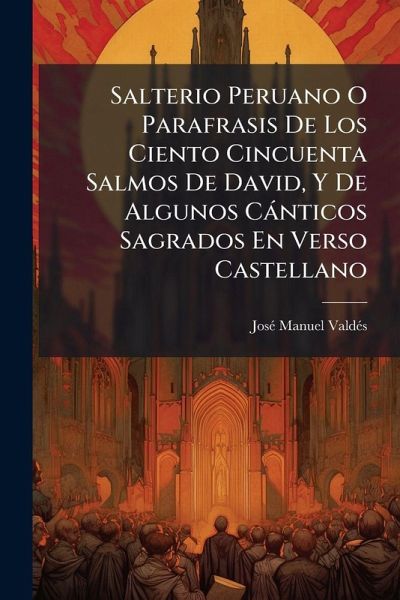
Salterio Peruano O Parafrasis De Los Ciento Cincuenta Salmos De David, Y De Algunos Cànticos Sagrados En Verso Castellano

PAYBACK Punkte
13 °P sammeln!
Salterio Peruano O Parafrasis De Los Ciento Cincuenta Salmos De David, Y De Algunos Cánticos Sagrados En Verso Castellano, with the subtitle "Para InstrucciÃ3n Y Piadoso Ejercicio De Todos Los Fieles Y Principalmente De Los Peruanos," is a collection of paraphrased psalms and sacred songs in Spanish verse by José Manuel Valdés. This work offers a unique Peruvian interpretation of the Psalms of David, rendered in elegant Spanish verse. It is intended for the instruction and pious exercise of all the faithful, especially those in Peru. This volume presents a valuable contribution to both rel...
Salterio Peruano O Parafrasis De Los Ciento Cincuenta Salmos De David, Y De Algunos Cánticos Sagrados En Verso Castellano, with the subtitle "Para InstrucciÃ3n Y Piadoso Ejercicio De Todos Los Fieles Y Principalmente De Los Peruanos," is a collection of paraphrased psalms and sacred songs in Spanish verse by José Manuel Valdés. This work offers a unique Peruvian interpretation of the Psalms of David, rendered in elegant Spanish verse. It is intended for the instruction and pious exercise of all the faithful, especially those in Peru. This volume presents a valuable contribution to both religious literature and Peruvian cultural heritage, showcasing a fascinating blend of biblical texts and local devotional practices. "Salterio Peruano" will be appreciated by scholars of religious history, Latin American literature, and those interested in the intersection of faith and culture in colonial Peru. This work has been selected by scholars as being culturally important, and is part of the knowledge base of civilization as we know it. This work was reproduced from the original artifact, and remains as true to the original work as possible. Therefore, you will see the original copyright references, library stamps (as most of these works have been housed in our most important libraries around the world), and other notations in the work. This work is in the public domain in the United States of America, and possibly other nations. Within the United States, you may freely copy and distribute this work, as no entity (individual or corporate) has a copyright on the body of the work. As a reproduction of a historical artifact, this work may contain missing or blurred pages, poor pictures, errant marks, etc. Scholars believe, and we concur, that this work is important enough to be preserved, reproduced, and made generally available to the public. We appreciate your support of the preservation process, and thank you for being an important part of keeping this knowledge alive and relevant.



